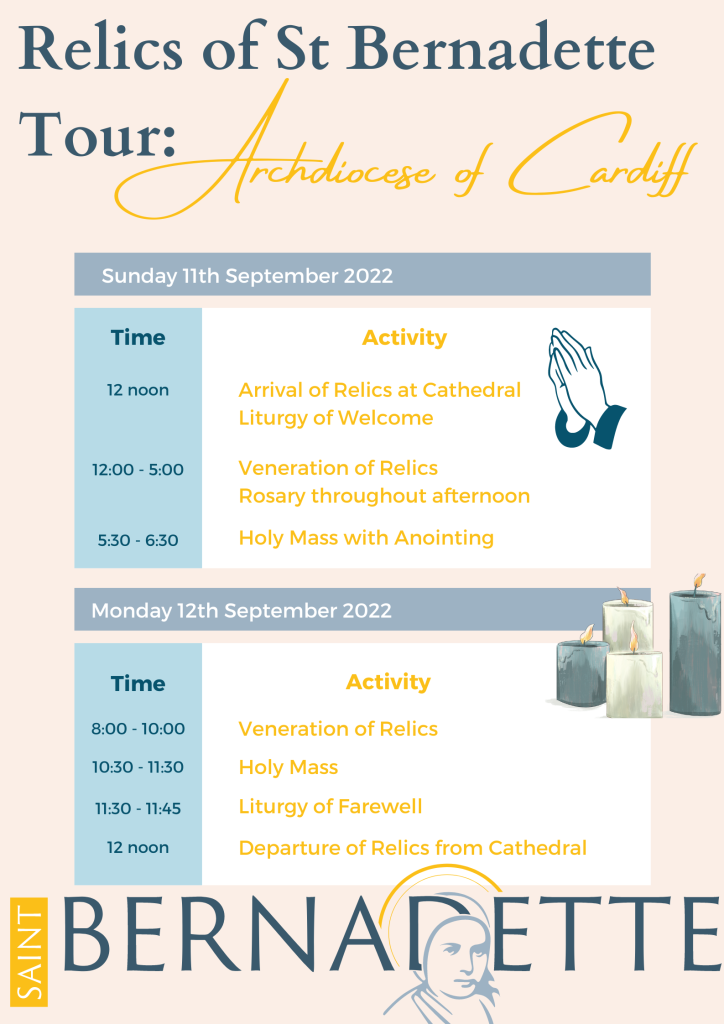On 8 September we celebrate the Nativity of the Blessed Virgin Mary, as it is nine months after the solemnity of her Immaculate Conception on 8th December. Our Lady and Saint John the Baptist are the only ones beside Jesus himself whose birth dates are commemorated. The Bible does not record Mary’s birth, and the earliest known account is found in the Gospel of James, an apocryphal text from the late second century, where her parents are named as Anne and Joachim. The birth of Mary is even narrated in the third chapter of the Qur’an.
Some accounts placed the birthplace of the Virgin Mary in Sepphoris in Israel, others at Nazareth or Jerusalem. The earliest mention of the feast itself comes from the sixth century, when the first liturgical commemoration is connected with the sixth century dedication of the church now called Saint Anne’s in Jerusalem, erected on the spot thought to have been the home of Mary’s parents. At Rome, the Feast began towards the end of the 7th century, brought there by Eastern monks.
In France, the feast is known among winegrowers as “Our Lady of the Grape Harvest”. The best grapes are brought to the church to be blessed and there is a festive meal that includes the new grapes. In Malta, the feast is referred to as Victory Day, since it coincides with three major victories throughout Maltese history, including the end of the Siege of Malta during the War in 1942. Churches are decorated for the occasion and there may be brass band concerts / marches, fireworks and a procession.
It is an important feast in parts of India. In Kerala it is a major celebration among Saint Thomas Christians. An eight-day time of prayer is observed from 1st September. On the day itself special food is prepared in churches and distributed to the faithful in the afternoon, while at home there will be a festive meal. In Mangalore on this day every Christian eats pulses and vegetables. The priest blesses a branch of grain which is added to the food. In Mumbai, the feast is celebrated with a week-long event called Bandra Fair, and in Goa, the feast is a major family celebration. Further east in the Philippines, people would dress images of the toddler Mary in pastel colours and crown her with flowers. In 2018, the House of Representatives there officially approved a bill to make September 8th a “working holiday”. An interesting concept…
Fr Matthew
